With the “Food as Medicine” conference in town this September, I thought it fitting to spotlight one of the healthiest spices around, turmeric. Turmeric has climbed the spice ladder and is one of the latest crazes in food stardom. This fame is well deserved, from its sacred color to its long list of health benefits. Here are a few of its highlights.
Turmeric comes from the rhizome (basically an underground stem) of the Curcuma longa plant that belongs to the ginger family. This golden yellow powder has been used in cuisine, ceremonies and as medicine – both internally and externally – for thousands of years. Thanks to globalization, turmeric is now readily available in most grocery stores and markets across the country. Commonly found in traditional Asian cuisine, it has also been integrated into many untraditional foods, drinks and health products due to its numerous health benefits including anti-inflammatory, anti-microbial (viral, bacterial, protozoic and fungal), antioxidant, anti-cancer, anti-apoptosis, anti- you get the point! 1-35
Through research, it was concluded that higher absorption into the bloodstream did not correlate with better results.36 As it turns out, turmeric acts locally in the gut. This accounts for its historical use in treating digestive problems; these local affects then “cascade” to the rest of the body. It is known for systemic uses including auto-immune conditions, neurodegenerative diseases, liver health, arthritis, metabolic disorders, cardiovascular issues and both viral and bacterial infections (including topical).
I recommend using turmeric in its whole food (powder) form. Simply having some on hand and adding 1-2 tablespoons to marinades, sauces/curries, fried potatoes and smoothies containing some type of healthy fat is a great place to start. Golden milk is also delicious; you can find many twists on it, like golden milk latte. Turmeric’s flavor profile is mild and unlike any other; it has none of the strong heat of its relative ginger and can easily be added to foods without overly intrusive changes in flavor. Due to its high safety profile, it can also be consumed in considerably large amounts on a regular basis. Play around with it and see what works for you. Just be careful, as it stains clothing, cutting boards and cuticles!
So what is the secret element in turmeric? Researchers isolated curcumin, a fat soluble compound, in 181537 and have given it the credit for turmeric’s medicinal aspects and brilliant marigold color. However, as research progresses, it is becoming more apparent that there are many other components in turmeric that play important roles. As science slowly catches up to nature, it’s typically best to stick with whole foods, which contain all components as nature intended.
Both turmeric and curcumin are available as high dose supplements. There are certain health conditions in which the use of one or the other would be recommended. If you are thinking about taking either supplement, contact your local naturopathic doctor who has expert knowledge in navigating medications, supplements and your specific health history.
Dr. Jainuddin is a naturopathic primary care doctor at One Life Naturopathic and also offers biofeedback training and craniosacral therapy. For more information, call (442) 256.5963 or visit www.onelifenaturopathic.org.
References available upon request.








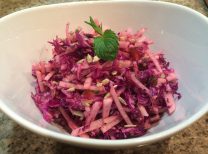

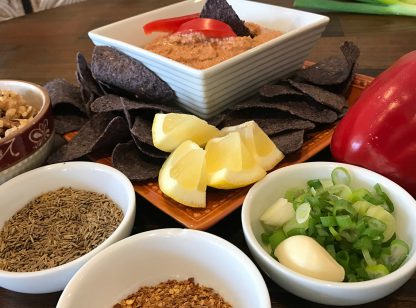


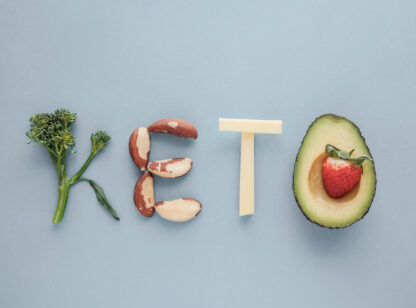


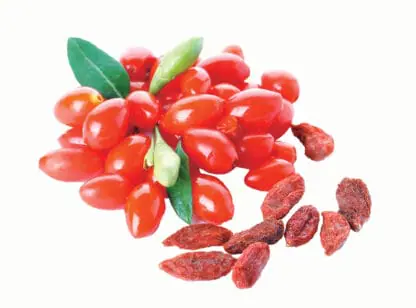
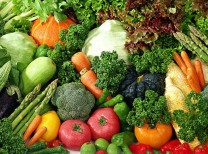




























Comments (0)